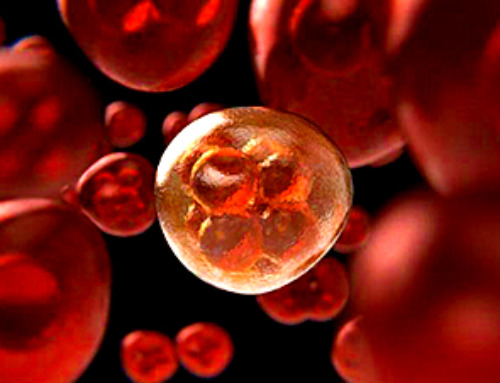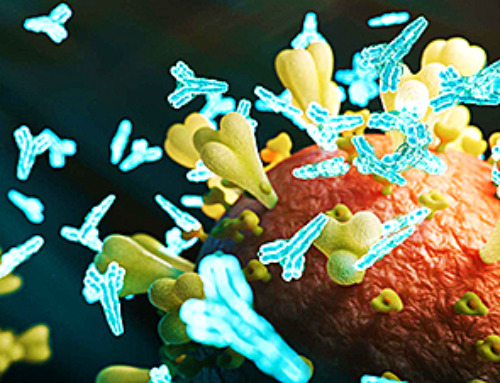From the New York Times:
Oliver Smithies, a British-born biochemist and inveterate tinkerer who shared a Nobel Prize for discovering a powerful tool for identifying the roles of individual genes in health and disease, died on Tuesday in Chapel Hill, N.C. He was 91.
His death, after a short illness, was announced by the University of North Carolina at Chapel Hill, where he was a Weatherspoon eminent distinguished professor of pathology and laboratory medicine at the medical school.
Dr. Smithies’s discovery, known as gene targeting, allows scientists to disable individual genes in mice to understand what the genes do. The loss of a gene typically brings about changes in the appearance or the behavior of the mice, providing important clues about the gene’s function. Mice are ideal models for people because about 90 percent of mouse genes correspond to human genes.
[button link=”https://www.nytimes.com/2017/01/11/science/oliver-smithies-genetics-nobel-winner-dies-at-91.html?_r=0″ color=”custom” size=”medium” stretch=”” type=”flat” shape=”pill” target=”_blank” title=”” gradient_colors=”|” gradient_hover_colors=”|” accent_color=”” accent_hover_color=”” bevel_color=”” border_width=”1px” icon=”” icon_divider=”yes” icon_position=”left” modal=”” animation_type=”0″ animation_direction=”down” animation_speed=”0.1″ animation_offset=”” alignment=”left” class=”” id=””]Read more [/button]![]()
Image Credit: University of North Carolina
[title size=”2″ content_align=”left” style_type=”single solid” sep_color=”” margin_top=”” margin_bottom=”” class=”” id=””]Recent News[/title][recent_posts layout=”default” hover_type=”zoomin” columns=”3″ number_posts=”120″ offset=”” cat_slug=”News” exclude_cats=”” thumbnail=”yes” title=”yes” meta=”yes” excerpt=”yes” excerpt_length=”30″ strip_html=”yes” animation_type=”0″ animation_direction=”down” animation_speed=”1″ animation_offset=”” class=”” id=””][/recent_posts]







Leave A Comment